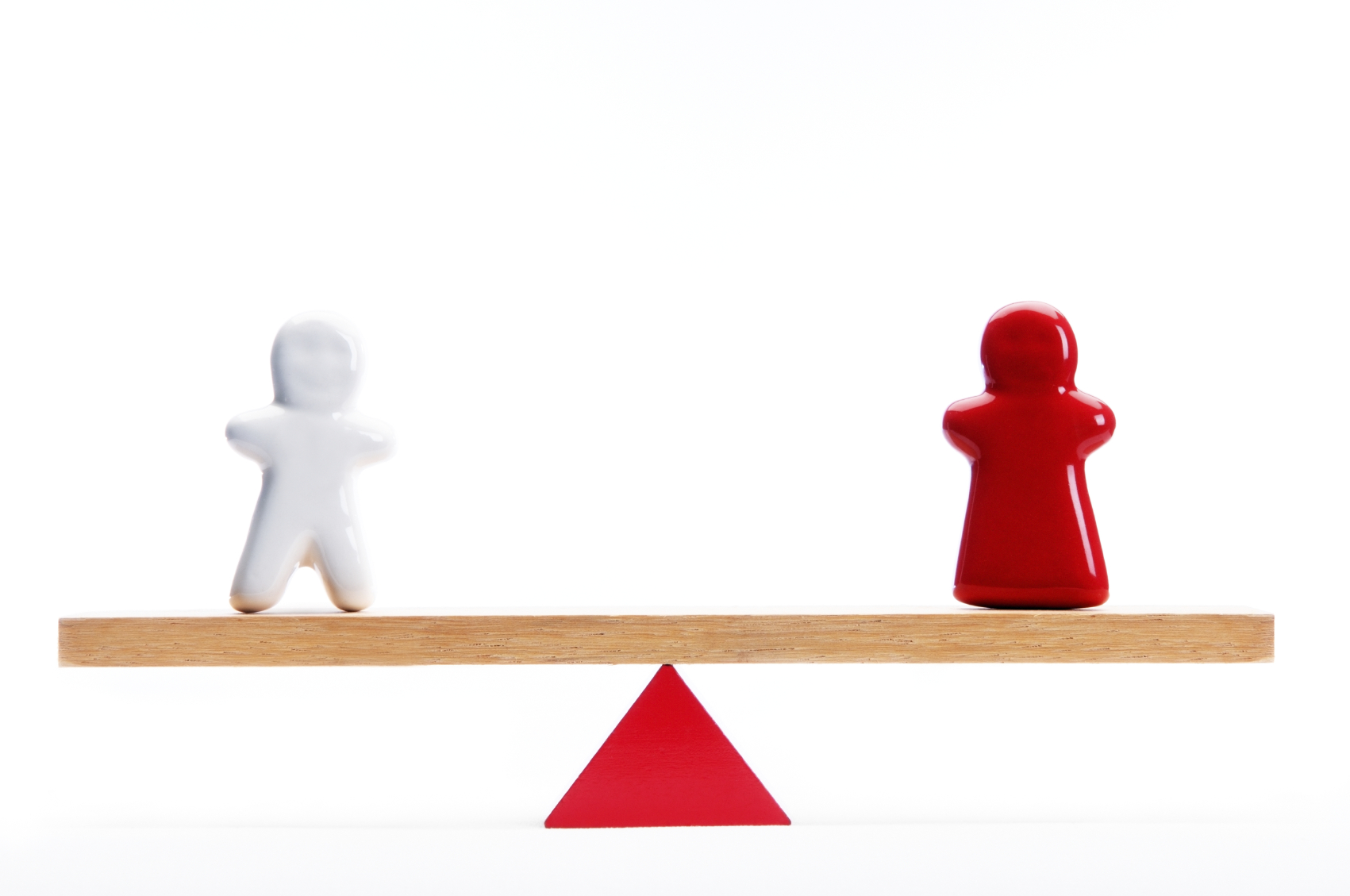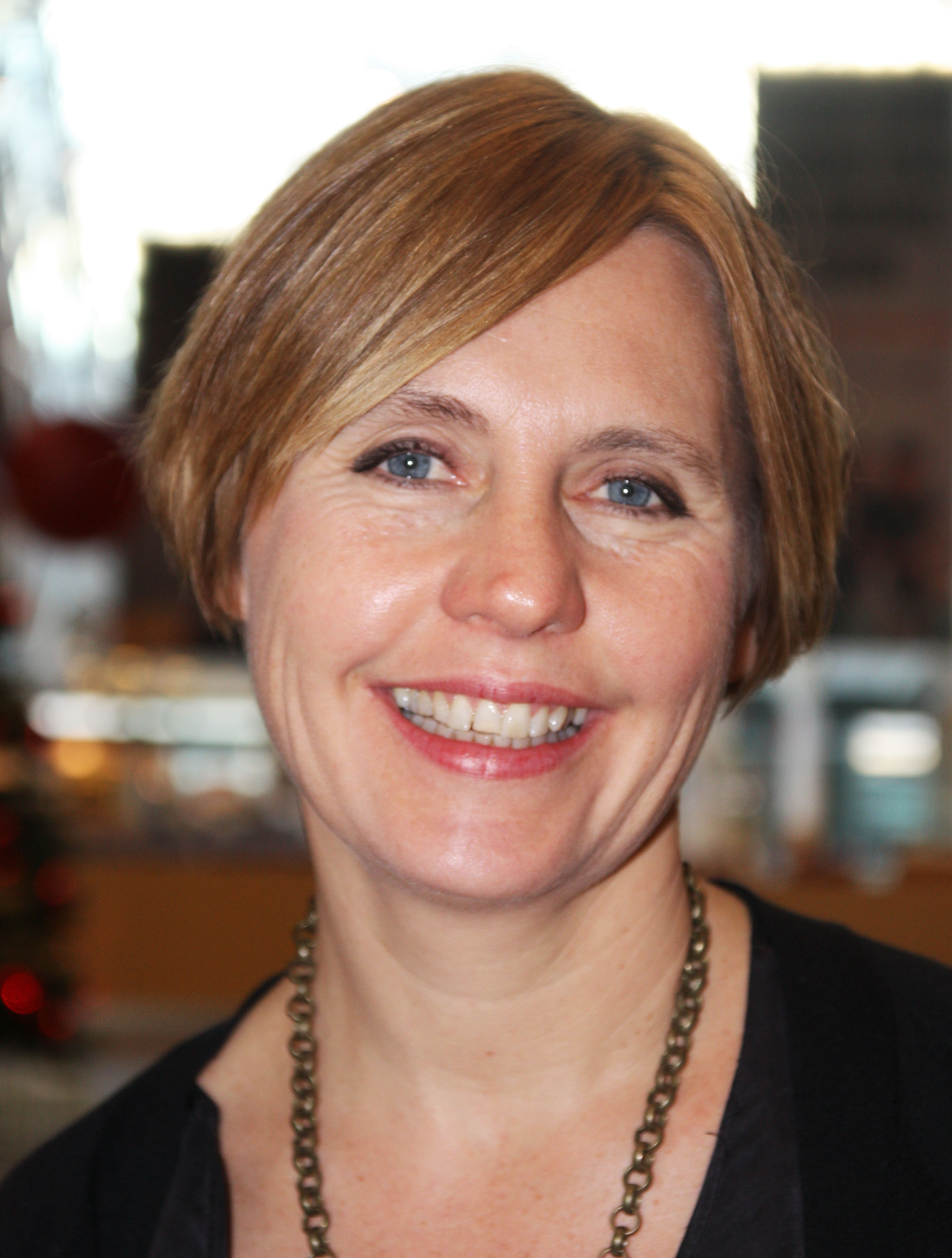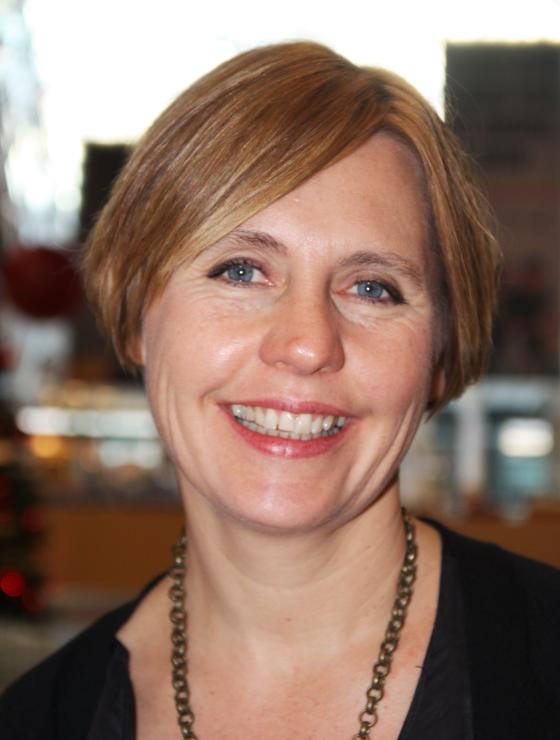Change of name demands commitment
By changing the name to the Committee for Gender Balance in Research, the KIF Committee has received a stricter mandate for its work. “This sends a signal that gender equality involves more than equal rights,” says Mari Teigen, Research Director at the Institute for Social Research (ISF).
This spring the Ministry of Education and Research changed the name of the Committee for Mainstreaming – Women in Science to the Committee for Gender Balance in Research. According to Mari Teigen, the name change sends a signal that the committee will expand its approach to promoting gender equality in the research sector in at least two ways.

“First of all, the challenges related to gender equality are no longer defined as strictly a women’s issue. The new name makes it possible, for example, to address challenges encountered by men in the research sector. Secondly, gender equality is seen to entail equal and fair distribution,” says Teigen.
She says that at first the name change gave her pause for thought.
“Gender equality can be viewed in several ways. When the Ministry decides to use the term ‘gender balance’, they narrow down the possible ways of interpreting the concept. This is why I was a bit surprised at first about the name, but I have come to see it as an exciting choice.”
“Gender equality can sometimes be an empty term – something everyone in the research sector thinks is all very well as long as they don’t have to do anything. For example, the institutions can have as much uneven gender distribution as they want as long as they ensure that equal rights are in place. Then they can argue that there is gender equality at the institution because in theory all the employees have the same opportunities. Now that the Ministry has defined the term ‘gender equality’ more specifically, saying that the Committee should be working to achieve gender balance, the institutions cannot steer clear of the fact that gender equality also involves the proportional distribution of men and women.”
Teigen thinks this is a positive step.
“By the same token, it will be a challenge for the committee to live up to the new name. It demands more commitment than the old name,” she emphasizes.
Balance is crucial
Teigen believes that the efforts to promote gender balance in research can be justified on several grounds.
“First, we can say that it is a matter of democracy and social responsibility. There should be equal rights to participate on an equal footing. As an extension of this, we can talk about the symbolic value and how the institutions want to appear. The research sector itself is a key player in society. Therefore, in my opinion it is particularly important for institutions to carefully consider what they convey and how they appear.”
It is also a matter of being a good role model.
“This argument is used in many contexts when the goal is a more even distribution of women and men. Still, I think there are few places where this argument is more relevant than in academia. It has to do directly with teaching and who has responsibility for a subject area. Senior researchers supervise and give advice to younger researchers, and this has consequences for young people’s career choices. It is important for researcher recruitment that the institution appears to be open and accessible to potential researchers of both genders,” Teigen says.
“Perhaps even more has to be done to get men to make untraditional choices as compared with women? Historically more women have chosen male-dominated professions than the other way around. This is yet another argument for the importance of changing the name of the KIF Committee from women to gender.”
According to Teigen, the final argument involves perspectives in research.
“When one gender is grossly underrepresented, this has an impact on which research topics are chosen and what is considered to be good research. A more even distribution of women and men can therefore broaden the research perspectives.”
In keeping with tradition
For several decades, gender equality policy in Norway has used gender balance as a measure of equality.

“Even though there never has been talk of a totally even distribution of women and men, nevertheless a very skewed distribution has been viewed as a lack of gender equality. Also, freedom has been a guiding principle in the tradition of Norwegian gender equality policy. By a principle of freedom I mean, among other things, the right to freedom from discrimination and mistreatment.”
“Do you think that freedom and an absence of discrimination leads to greater gender balance?”
“I believe we have seen a trend in recent decades that contradicts the hypothesis that more freedom results in more gender stereotyping and traditional career choices. Today many more women work in professions that traditionally have been male dominated,” Teigen points out.
She thinks that gender biases help to reproduce themselves. That is, stereotypical ideas about how girls and boys should behave and what activities they should take part in have a great impact on the career choices we make.
“For this reason, it should be a political objective to reduce the typical gender-related choices. This applies to society as a whole as well as to specific areas – such as academia.”
Well-considered measures
“Can measures to achieve gender balance restrict people’s freedom?”
“Yes, they can. This is why it is important to think through which measures for improving the gender balance are reasonable and fair. I think this is one reason why EU legislation prohibits the earmarking of professorships. When it comes to employment policy, the institutions should instead actively promote measures and routines that do not conflict with individual rights and that do not exclude applicants of one gender,” Teigen continues.
She emphasizes that it is often very unclear when measures actually infringe on these rights.
“For example, I think that quotas related to board membership do not do this because a board position is not something a person applies for, but something a person is selected for from a large field of potential candidates. The relevant qualifications are extensive and unspecified from the outset, several people are usually selected at the same time, and those who make the selections have many considerations regarding representation to take into account. In this case there would be good reason to include gender as one of these considerations. When it comes to filling a professor position, the situation is a bit different. Then I would prefer to see other, proactive measures. But this does not exclude equally proactive application procedures to identify relevant candidates of the underrepresented gender.”
In general, she thinks it is unproblematic and extremely important that the research institutions make an effort to achieve gender balance.
“And then it is no use leaving the work up to a few ardent souls because they will disappear after awhile. What we need is institutionalized gender equality efforts that are well grounded in the top-level administration,” Teigen emphasizes.
This article is also published at the KILDEN Information Centre for Gender Research in Norway's website.
This article is translated by Connie Stultz.
Mari Teigen is a research director at the Institute for Social Research (ISF).
See
The Committee for Gender Balance in Research gives their arguments for working for gender equality and a better gender balance in academia.
